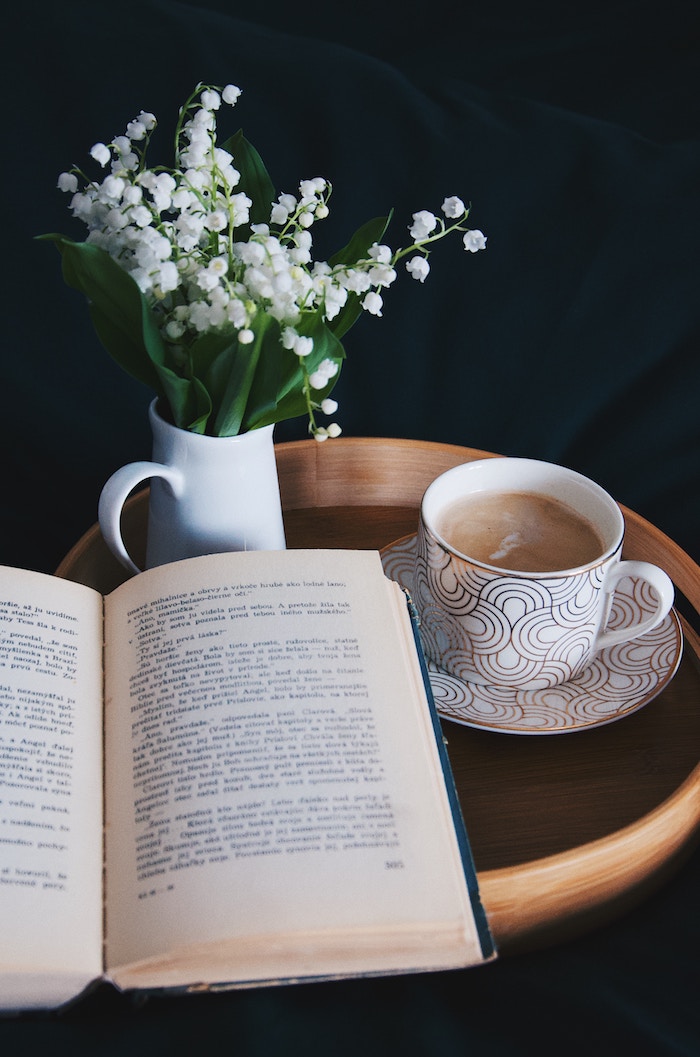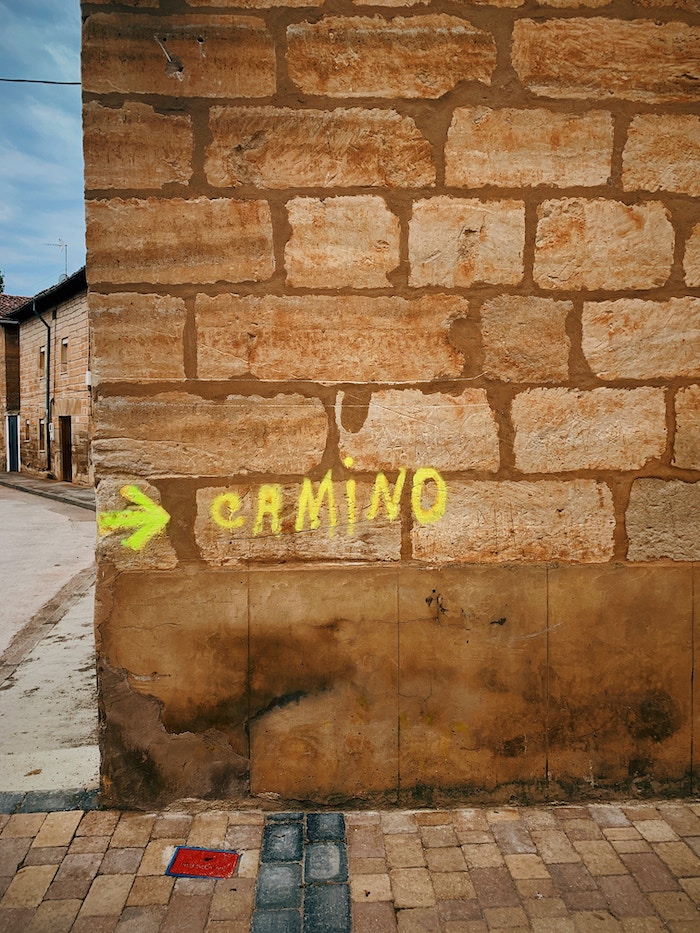
It is inevitable in life that there will be good times and bad, peaks and troughs, elation and suffering. No matter how much you focus on your positive affirmations, healthy diet, and daily meditation, sometimes the demons run and catch you when you least expect it, throwing you into a seemingly unexplained lull that renders you feeling too powerless to keep going.
We are all here to learn and expand, and as such, we must endure the pain in order to experience the balancing joy. It doesn’t feel great, but it is part of life. Rather than resisting any unpleasant emotions, we serve ourselves better by accepting them completely and taking the time to process what message they are trying to tell us and what aspects of ourselves we need to heal.
Such an experience happened to me recently. It happened despite my spiritual practice and my knowledge of what brings me happiness and how to live a fulfilling life. I was witnessing complete polarity between what I thought I should be feeling and what I was actually feeling. I simply plummeted, plundered, and became painfully uncertain of almost everything in my life. I say “almost,” because there was one single thread dangling just within reach that gave me the connection between my turbulent present and a future of possibility. This thread, ladies and gentlemen, is known as a constant. Coining another term there, Kennedy? Yes, yes I am.
A “constant”–also known as a lifeline in black and white terms–is that thing you can do or focus on that will get you through the darkness. This is not to rush the healing process that must occur but rather serve as that consistent emotional oxygen supply, as it were, to keep you ticking over. A constant does not judge, is unconditional, and is always available when you need it. It is not a person but rather a creative pursuit or activity that you can indulge in no matter your mood. What I mean is this: any creative pursuit, whether it be writing or photography or painting or whatever else is done with a unique essence depending on the mood you are in when you engage. Therefore, because emotion and creativity go hand in hand, you can learn to be grateful for the more unpleasant emotions retrospectively, for they allowed you to create something important at the time.
In this period of uncertainty and feeling as though I had crashed and burned, of what I was certain was that I could use writing as a tool. I could write quite literally about how I was feeling in a journal, I could create abstract poems that could conceptualize my emotions, I could focus my energy on a particular topic and deliver a report of the highest possible caliber of which I was capable. When all else became overwhelming, writing was a medium through which I was familiar and knew I could depend. With the writing I do for myself, it doesn’t matter what the final product looks like, how it compares to someone else’s work or what I’m trying to achieve; the process is what counts and that is the magic of a constant.
So you might be lucky and know what your constant is. You might know yourself well enough to know what your soul needs to serve as an outlet for electric thoughts of the negative variety. But perhaps you’re one of the people reading this who doesn’t; what then? Below I have listed four questions you can ask yourself, so you can look within and discover what your soul is searching for and then act accordingly.

The Questions
1. What do you like doing in your free time?
2. What do others compliment you on? I’m not talking about your eyes or your hair, but rather your skills and talents.
3. Are you a conceptualist or a realist? Do you like to create something based on an idea you have, or do you like making or doing something practical and obvious in plain sight? An example of the former is a photographer who has a portfolio she’d like to create on loneliness in a city–she takes pleasure in how she’s going to capture that. An example of the latter is a man who wants to build a boat that he can sail across the Mediterranean on. He draws up the plans, works out all the angles, buys the right wood and builds methodically. One is abstract, the other logical.
4. What do you imagine when you envision your “safe place?” Is it your couch with a cup of coffee? Is it your backyard? Is it a wide, expansive beach? What surroundings do you need to feel safe?
The Answers
1. It’s a no-brainer really and the age-old question: “What would you do for free if you didn’t need to work for a living?” The things we do in our free time reflect our natural interests and desires. Just bringing your awareness to this can give you a light-bulb moment.
2. Knowing what you’re good at is the best place to start with your constant. You want your constant to be something which comes with ease. If you’re in a rough spot emotionally, you don’t want to face the frustration of feeling incapable at something. Remember, you’re seeking release.
3. People who are conceptualists will tend to swing more towards the arts and those who are realists find release in methodical processes like gardening, building, or sports for example.
4. When you’re feeling vulnerable, you need at least some elements of your constant to feel safe. This is the environment in which you are doing the activity. Think about what feels safe and warm to you and strive to create that.
Sometimes all it takes is a simple change in perspective to make you see what was under your nose the whole time. Do you have a constant that brings you to a better place?
Also by Kat: How to Break Free from Your Life’s Story
How to Practice Appreciation Yoga (Video)
Related: 10 Quotes for a Moment of Self-Love
Get more like this—Subscribe to our daily inspirational newsletter for exclusive content!
__
Photo: Unsplash, Kaboompics




